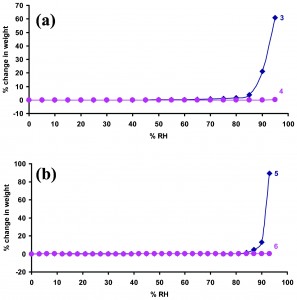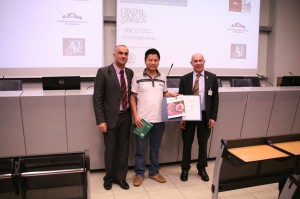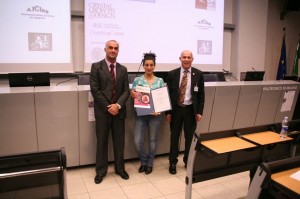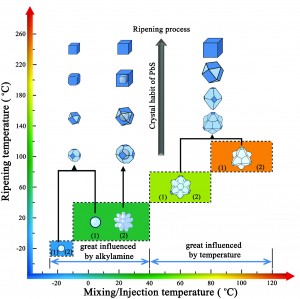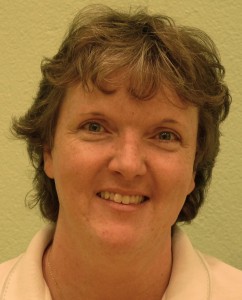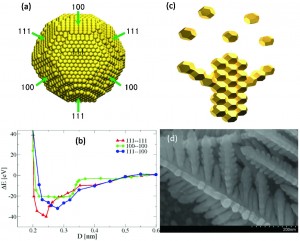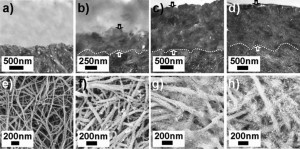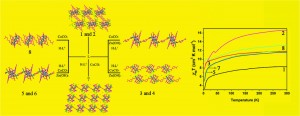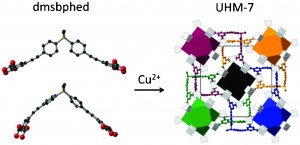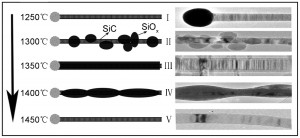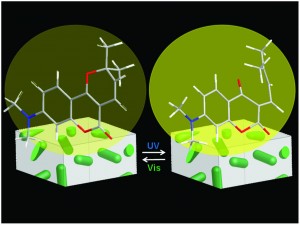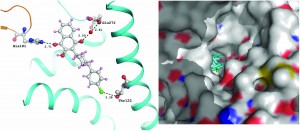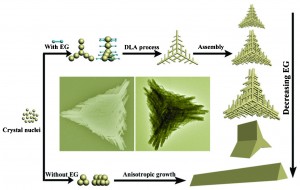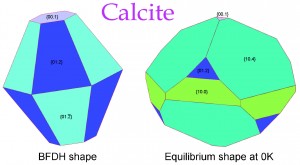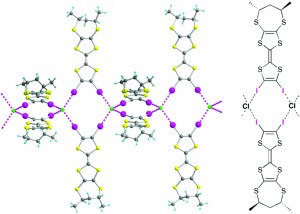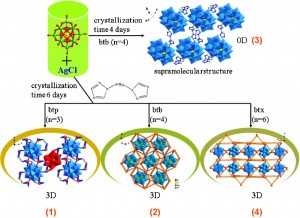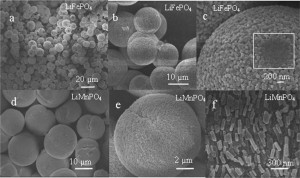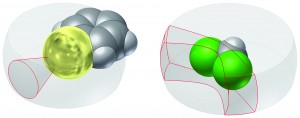Role of epitaxy-mediated transformation in Ostwald’s step rule: a theoretical study
Natsuki Niekawa and Masao Kitamura
CrystEngComm, 2013, Advance Article
DOI: 10.1039/C3CE40582F, Paper
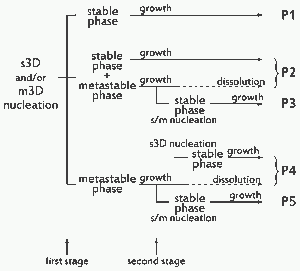
Free to access until 23rd July
ZnO nanorods/Ag nanoparticles heterostructures with tunable Ag contents: A facile solution-phase synthesis and applications in photocatalysis
Zhengcui Wu, Chengrong Xu, Yaqin Wu, Hao Yu, Yang Tao, Hao Wan and Feng Gao
CrystEngComm, 2013, Advance Article
DOI: 10.1039/C3CE40753E, Paper
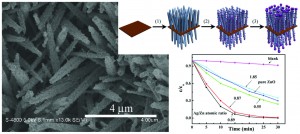
Free to access until 23rd July
Solvent controlled assembly of four Mn(II)-2,5-thiophenedicarboxylate frameworks with rod-packing architectures and magnetic properties
Yan-Xi Tan, Yan-Ping He, Ying Zhang, Yan-Jun Zheng and Jian Zhang
CrystEngComm, 2013, Advance Article
DOI: 10.1039/C3CE40677F, Paper
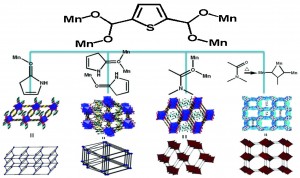
Free to access until 23rd July
A general and eco-friendly self-etching route to prepare highly active and stable Au@metal silicate yolk-shell nanoreactors for catalytic reduction of 4-nitrophenol
Kai Dong, Zhen Liu and Jinsong Ren
CrystEngComm, 2013, Advance Article
DOI: 10.1039/C3CE40350E, Paper
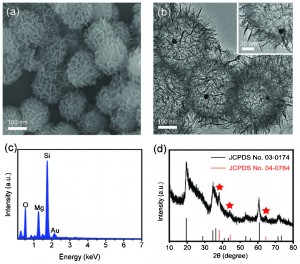
Free to access until 19th July
Effect of substrate pre-treatment on controllable synthesis of hexagonal WO3 nanorod arrays and their electrochromic properties
Feng Zheng, Hui Lu, Min Guo and Mei Zhang
CrystEngComm, 2013, Advance Article
DOI: 10.1039/C3CE40494C, Paper
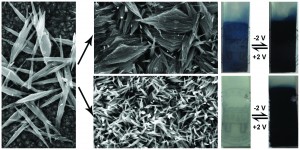
Free to access until 19th July
Hierarchical porous hydroxyapatite microsphere as drug delivery carrier
Hui Yang, Lijing Hao, Naru Zhao, Chang Du and Yingjun Wang
CrystEngComm, 2013, Advance Article
DOI: 10.1039/C3CE40710A, Communication
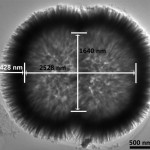
Free to access until 19th July
Enhanced dielectric properties of (Ba,Sr)TiO3//Ba(Zr,Ti)O3 heterostructures with optimized structure design
Ming Liu, Jian Liu, Chunrui Ma, Gregory Collins, Chonglin Chen, Andy D. Alemayehu, Guru Subramanyam, Jie He, Jiechao Jiang, Efstathios I. Meletis and Amar Bhalla
CrystEngComm, 2013, Advance Article
DOI: 10.1039/C3CE27106D, Communication
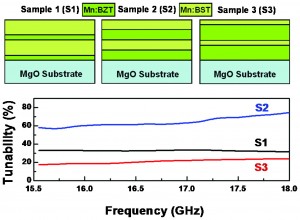
Free to access until 17th July
VGCF-core@LiMn0.4Fe0.6PO4-sheath heterostructure nanowire for high rate Li-ion batteries
Koichi Kagesawa, Eiji Hosono, Masashi Okubo, Jun Kikkawa, Daisuke Nishio-Hamane, Tetsuichi Kudo and Haoshen Zhou
CrystEngComm, 2013, Advance Article
DOI: 10.1039/C3CE40289D, Communication
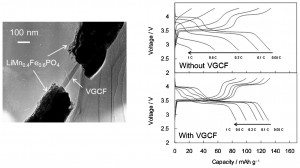
Free to access until 17th July
Microscale pin holders of β-Co(OH)2 and LiCoO2 having a single-crystalline feature
Keisuke Nakajima, Yuya Oaki and Hiroaki Imai
CrystEngComm, 2013, Advance Article
DOI: 10.1039/C3CE40688A, Paper

Free to access until 10th July
Reactant ratio-modulated entangled Cd(II) coordination polymers based on rigid tripodal imidazole ligand and tetrabromoterephthalic acid: interpenetration, interdigitation and self-penetration
Lei Wang, Zhi-Hao Yan, Zhenyu Xiao, Dong Guo, Wenqiang Wang and Yu Yang
CrystEngComm, 2013, Advance Article
DOI: 10.1039/C3CE40273H, Paper
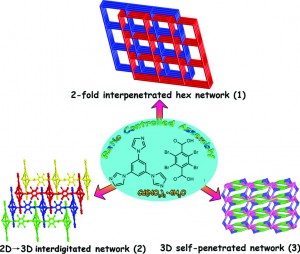
Free to access until 10th July
Crystal structure, properties and nanostructuring of a new layered chalcogenide semiconductor, Bi2MnTe4
Dong Sun Lee, Tae-Hoon Kim, Cheol-Hee Park, Chan-Yeup Chung, Young Soo Lim, Won-Seon Seo and Hyung-Ho Park
CrystEngComm, 2013, Advance Article
DOI: 10.1039/C3CE40643A, Paper
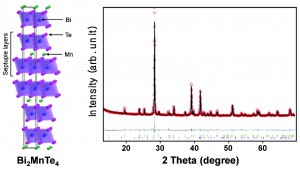
Free to access until 3rd July
Top-down fabrication of hematite mesocrystals with tunable morphologies
Jinguang Cai, Suyue Chen, Jun Hu, Zhi Wang, Yurong Ma and Limin Qi
CrystEngComm, 2013, Advance Article
DOI: 10.1039/C3CE40414E, Communication
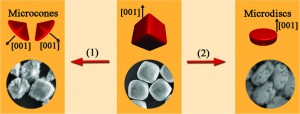
Free to access until 3rd July
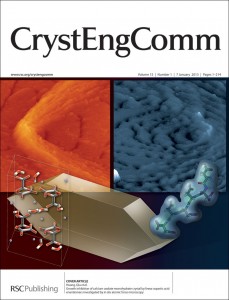 The 2012 Journal Citation Reports® have just been released and CrystEngComm has received its impact factor of 3.88.
The 2012 Journal Citation Reports® have just been released and CrystEngComm has received its impact factor of 3.88.










